Your car is made up of tons of parts and they are all there for a reason. You may not be able to see everything but there are both small and sizeable parts that contribute to the quality of your vehicle and the comfort of your ride. If you think that car care is all about washing, waxing and detailing, think again.
One of the parts in your car that deserves all your attention is the drive belt. This belt is also referred to as the serpentine belt due to its similarity to the iconic reptiles – serpents.
1. What is a drive belt or a serpentine belt?
A serpentine belt is a long, durable and continuous belt-like material that you can find in the engine arrangement. Its main job is to connect the power steering, the alternator and the air conditioner to the crankshaft.
As the drive belt, the crankshaft is a part of the engine and this powers the alternator. Some cars may also require the crankshaft to pump water for the engine, hence the importance of the drive belt.
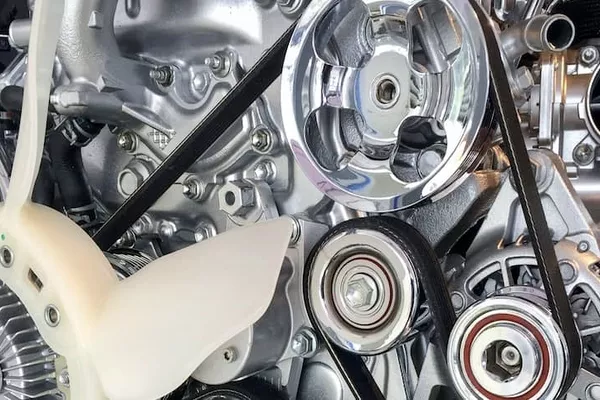
A serpentine belt is a long, durable and continuous belt-like material that you can find in the engine arrangement
>>> Check out: Replacing the accessory drive belt.
2. Why is your serpentine/drive belt important?
Since the drive belt connects all the important parts that make up the engine, any damage or problem with it may compromise your vehicle’s performance. For example, a broken serpentine belt can make the steering difficult while in some vehicles, it can cause the engine to overheat.

A broken serpentine belt can make the steering difficult while in some vehicles
3. How to check your drive belt?
Checking your drive belt is easy. In fact, you don’t really need to have any certificates to know whether your drive belt can still make more trips. Philkotse.com has prepared a few basic drive belt maintenance tips that you can do even on your own.
Just a friendly reminder, make sure that the engine is turned off and that it’s also cool before you try to touch it.
Find your vehicle’s drive belt
Before attempting to touch or grope anything under your car’s hood, you first have to make sure that you know exactly what you’re looking for. Randomly clutching engine parts that you’re not familiar with may potentially injure you.
You must also know that not all cars have their drive belts positioned at the same place. However, if you don’t have a car that’s too rare, our best bet is that the drive belt is at the front of the engine.
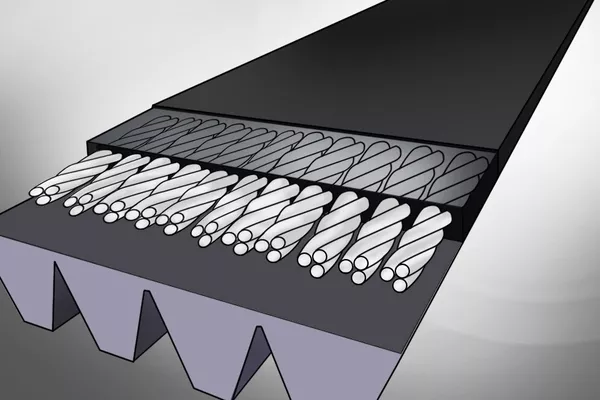
You must know that not all cars have their drive belts positioned at the same place
>>> Related: Drive belt vs timing belt: What are the differences?
Inspect the belt yourself
Whenever you get your car its predetermined maintenance check-ups, the attending mechanic will usually check the drive belt for you. However, if you can’t wait for the next inspection date, you can go ahead and DIY.
Do a visual inspection at first and use a flashlight if you have to. If you think that the drive belt is fine just by looking at it, it probably is. However, if you spy some visible and obvious damages, you may need to touch the area just to be sure.
Once, you’re sure that there is damage, get your vehicle to the nearest auto repair shop to have your drive belt inspected by a professional.
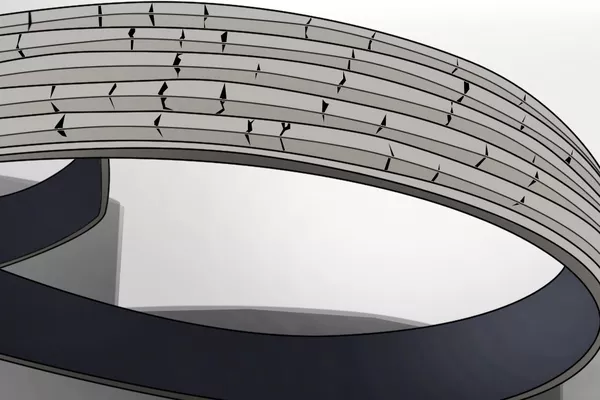
if you spy some visible and obvious damages, you may need to touch the area just to be sure
>>> Also check: 10 tip checklist on how to maintain your new car.
Make sure that the drive belt rides on the pulleys firmly
Once you do the DIY inspection, you should be able to notice if the drive belt has slipped off the pulleys or not. If the belt slipped off, your vehicle may not be able to function and produce optimal results. It may also cause other components to lose power.
Check the belts tensioner
The tensioner plays a vital job of regulating the tension exerted on the belts. This makes sure that the belt stays on the pulley and minimizes the chances that it will slip off. If the drive belt slips off from one or more pulleys, the corresponding system may lose power and have a disturbing effect on the vehicle.
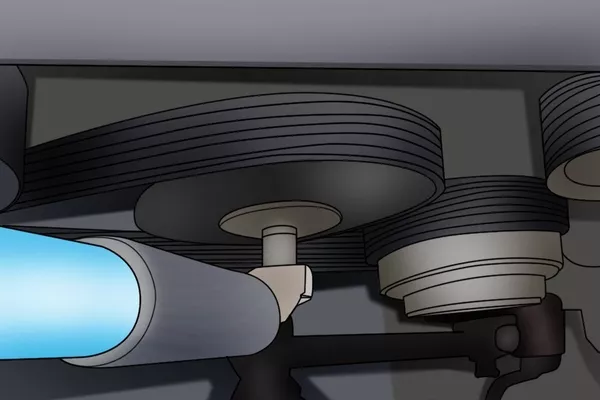
The tensioner plays a vital job of regulating the tension exerted on the belts
Know and apply the drive belt rule of thumb
If you notice that there are more than 3 cracks in a one-inch area on the drive belt, replace it as soon as you can.
Keep your drive belt’s service life in mind
Remember that a typical drive belt can last about 60,000 to 1000,000 miles. Drive belts are usually made of durable and resilient material so they don’t need to be changed often. However, if your drive belt shows signs of extreme wear and tear, consider changing it for your own good.
4. Signs that something is wrong with your drive belt
If you hear a loud squeaking noise coming from the front of your vehicle
If there is an audible noise that can only be traced from the front of your vehicle, you should go ahead and check the drive belt. This could be a sign of the drive belt slipping off or a total misalignment. The best way to stop this noise is to have a professional mechanic have a look at the issue. He should then be able to tell you what needs to be done.
>>> Read more: Dealing with faulty fan belts and their squeaking sound.
If the engine is overheating
One of the jobs of the serpentine belt is to cool down the engine. If you notice that your engine is starting to heat up unnaturally, there must be something wrong with the serpentine belt that caused water to stop pumping.
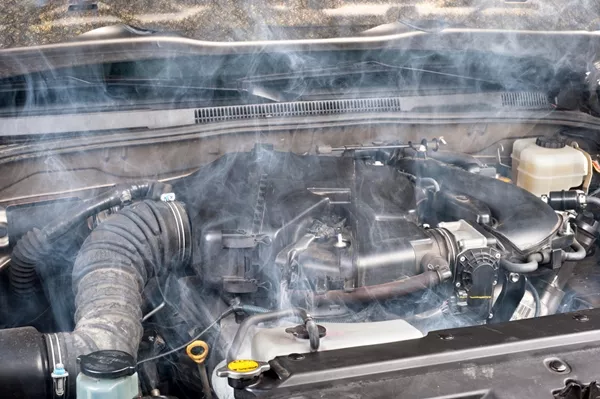
One of the jobs of the serpentine belt is to cool down the engine
If the AC and power steering is not working
If your drive belt ultimately breaks and fails to do its job, you can expect the power steering and AC to lose power. Losing the AC can be fine for a few minutes but losing the power steering while on the road can lead to serious safety hazards.
>>> You might like to read: How to flush and bleed power steering systems like an expert
If you see visible signs of wear and tear
This is the most obvious yet most neglected symptom that there is indeed something wrong with your drive belt. While some vehicle owners may want to use their drive belts as much as possible to save money, this can actually compromise their safety as well as their plans for the day.
Make sure that the drive belt is free from scratches, nibs and intense signs of wear.
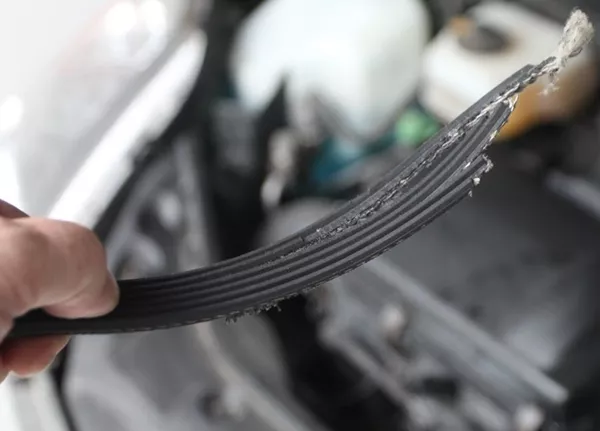
This is the most obvious yet most neglected symptom that there is indeed something wrong with your drive belt
>>> Click here for more useful tips and advice for car owners.
Recent posts
- 4 common reasons why car engines lose horsepower over time Jun 25, 2019
- 10 most popular car engine parts that you should know Aug 09, 2022
- How does a timing belt in your car engine work? Feb 19, 2021
- 7 Basic Car Maintenance All Philippine Drivers Should Know Oct 19, 2020
- 10 bad car noises Filipino drivers should look out for Mar 16, 2021












